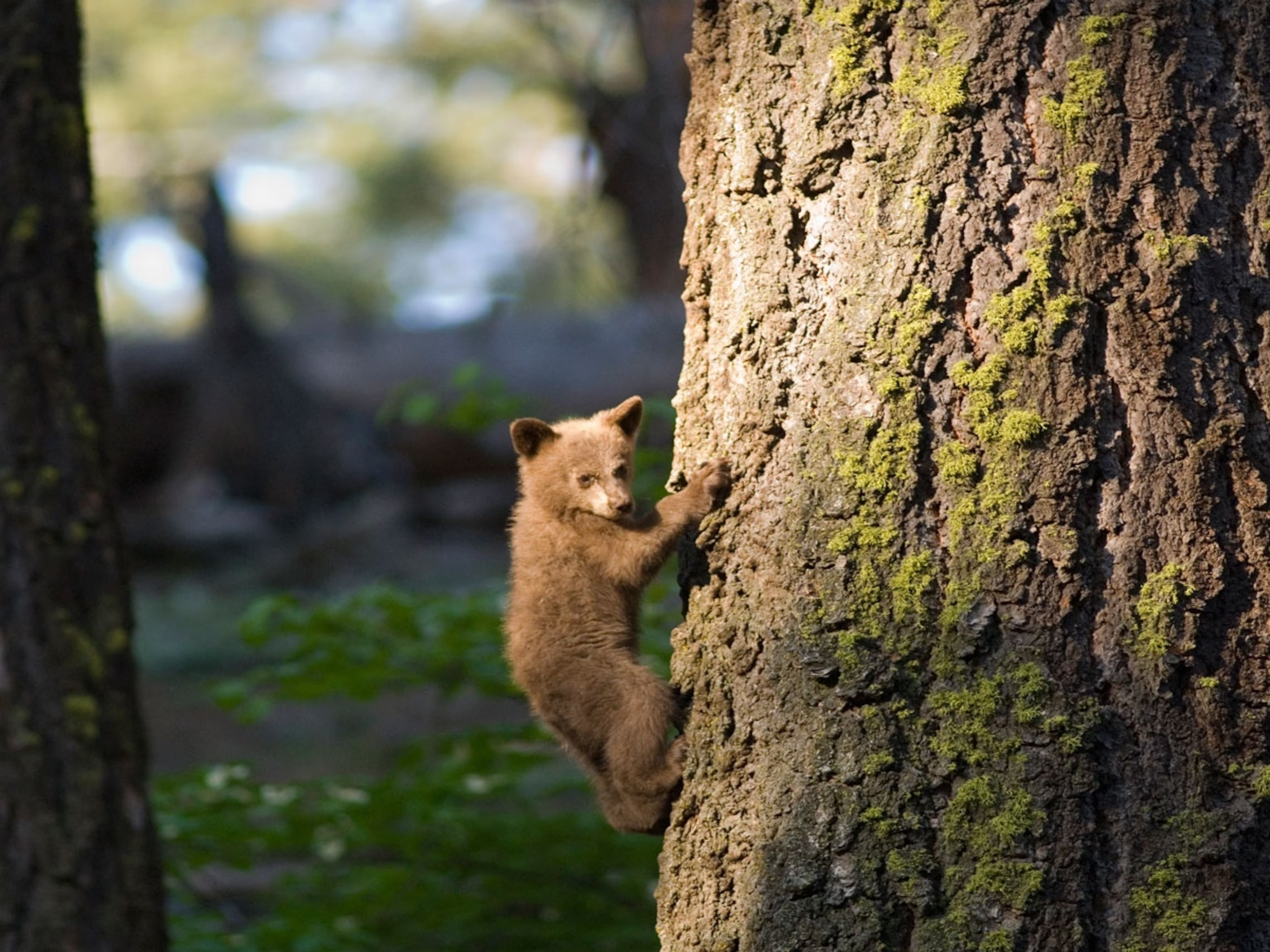
According to the A. W. Kuchler U.S. Potential natural vegetation Types, Sequoia National Park encompasses five classifications listed here from highest to lowest elevation; Alpine tundra & barren vegetation type with an Alpine tundra vegetation form...Pinus contorta/ Subalpine zone vegetation type with a California Conifer Forest vegetation form...Abies magnifica vegetation type with a California Conifer Forest vegetation form...Mixed conifer vegetation type with a California Conifer Forest vegetation form...and Chaparral vegetation type with a California chaparral and woodlands vegetation form.
In the low-elevation foothills, summers are hot and dry and winters are mild. You will find oak woodlands, dense chaparral shrubs, and riverside vegetation like California sycamores, willows and cottonwoods. A number of animals live in this area year-round, while some only winter or breed here. Local species include the gray fox, bobcat, striped and spotted skunks, black bear, woodrat, pocket gopher, white-footed mouse, California quail, scrub jay, lesser goldfinch, wrentit, acorn woodpecker, gopher snake, California kingsnake, striped racer, western whiptail lizard, and the California newt. In the low to mid-montane elevations are mixed forests of pine, incense-cedar, fir, and scattered groves of giant sequoia provide. Further upslope, grow pure stands of magnificent red fir and lodgepole pine forest. Scattered meadows are lush with many kinds of flowers in the summer. Winters are typically snowy. Year-round and seasonal residents include the chickaree, gray squirrel, golden-mantled ground squirrel, mule deer, black bear, mountain lion, and a variety of birds. Resident birds include western tanager, violet-green swallow, white-throated swift, Wilson's warbler, olive-sided flycatcher, hermit thrush, western bluebird, and pileated woodpecker. Reptiles are not common, but occasionally mountain kingsnake, rubber boa, western fence lizard, and alligator lizard can be seen.